Pushing the limits -- trees and shrubs
davidpeaceriver__2b
12 years ago
Related Stories

TREESHow to Buy Healthy Trees and Shrubs
A healthy young plant with a strong form is more likely to do well in your yard. Here’s what to look for at the nursery
Full Story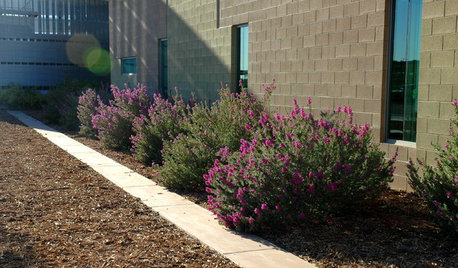
GARDENING GUIDESHow to Avoid Overcrowded, Overpruned Shrubs
Go for a more natural look that’s easier and less expensive to maintain by giving your plants the right amount of growing room
Full Story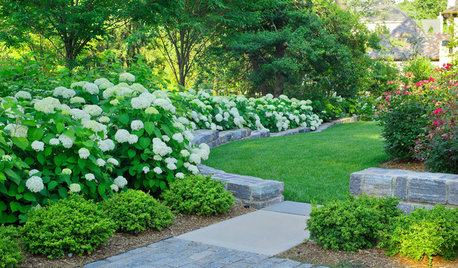
FLOWERS AND PLANTS10 Essential Shrubs for Mid-Atlantic Gardens
Easy-to-grow mid-Atlantic native shrubs celebrate the character of the region
Full Story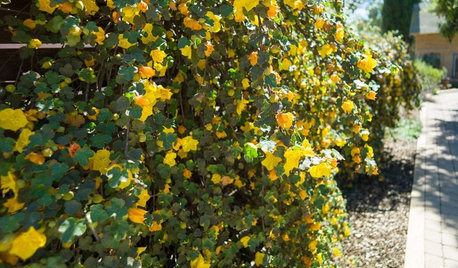
GARDENING GUIDESTidy Up Sprawling Native Shrubs With These Pruning Tips
Sound horticultural pruning methods work for native and nonnative plants alike
Full Story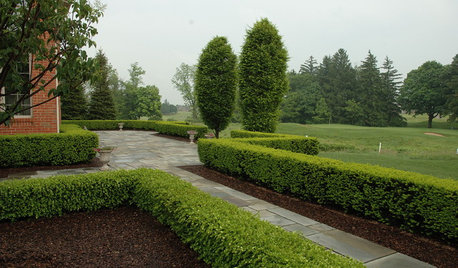
GARDENING GUIDESGreat Design Plant: Boxwood
This elegant evergreen can shape shift into forms limited only by a gardener's imagination and a clipper's reach
Full Story
SIDE YARD IDEASNarrow Trees for Tight Garden Spaces
Boost interest in a side yard or another space-challenged area with the fragrance and color of these columnar trees
Full Story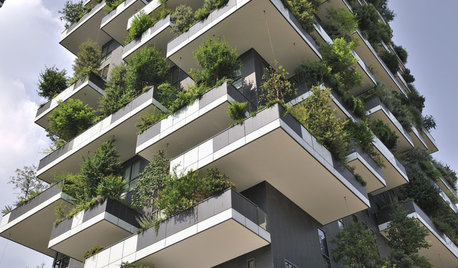
THE ART OF ARCHITECTUREWorld of Design: Trees Bring Nature to a High-Rise in Milan
Discover ‘the most beautiful and innovative skyscraper in the world’ — the foliage-filled Bosco Verticale — and tour one of its apartments
Full Story
GARDENING GUIDESHow to Keep Your Trees Healthy
Ensure your trees’ vigor for years to come with these tips for protecting roots, watering effectively and more
Full Story
GARDENING GUIDESGrow Your Own Privacy: How to Screen With Plants and Trees
Use living walls to lower your home and garden's exposure while boosting natural beauty in your landscape
Full Story
GARDENING GUIDESInvite Cellophane Bees to Your Garden by Providing Patches of Bare Soil
Look for cellophane bees (Colletes) pollinating flowering trees and shrubs in U.S. gardens this spring
Full StorySponsored
More Discussions






northspruce
mytime
Related Professionals
Zion Landscape Architects & Landscape Designers · Pelham Landscape Contractors · Fridley Landscape Contractors · Lexington Landscape Contractors · Lynwood Landscape Contractors · Oak Harbor Landscape Contractors · Rosemount Landscape Contractors · Wallingford Landscape Contractors · Wheat Ridge Landscape Contractors · Woodburn Landscape Contractors · Goldenrod Landscape Contractors · North Hills Landscape Contractors · Eastvale Window Contractors · Granite City Window Contractors · Redwood City Window Contractorsweeper_11
davidpeaceriver__2bOriginal Author
davidpeaceriver__2bOriginal Author
don555
don555